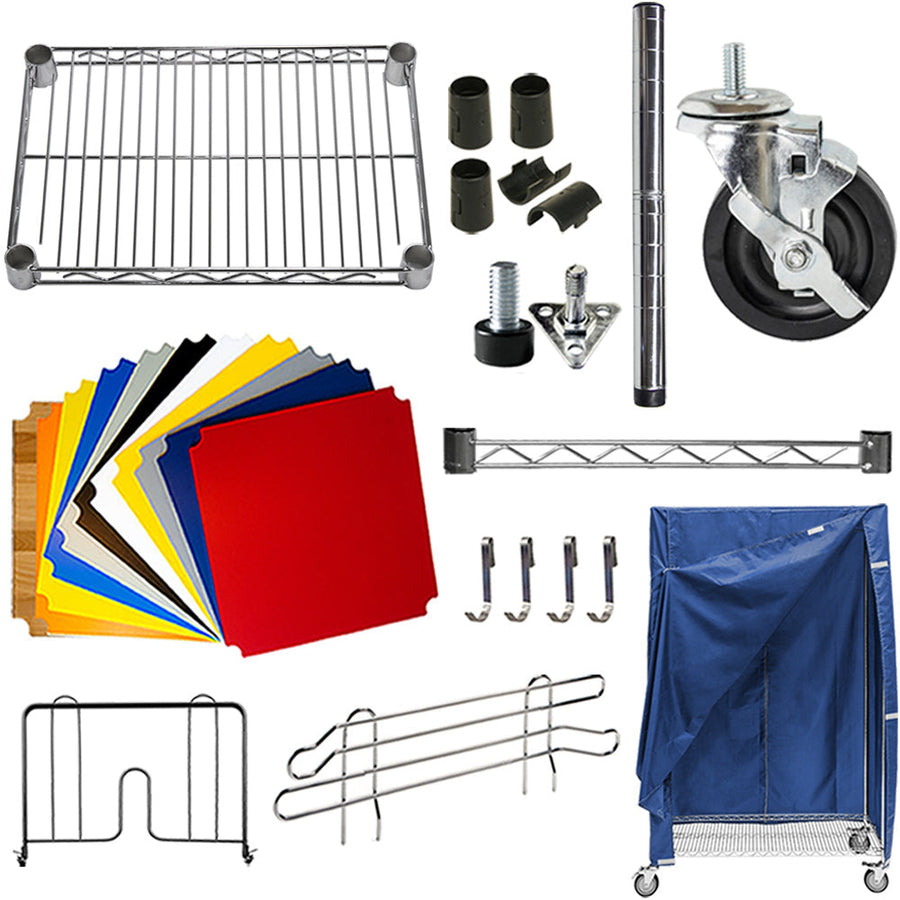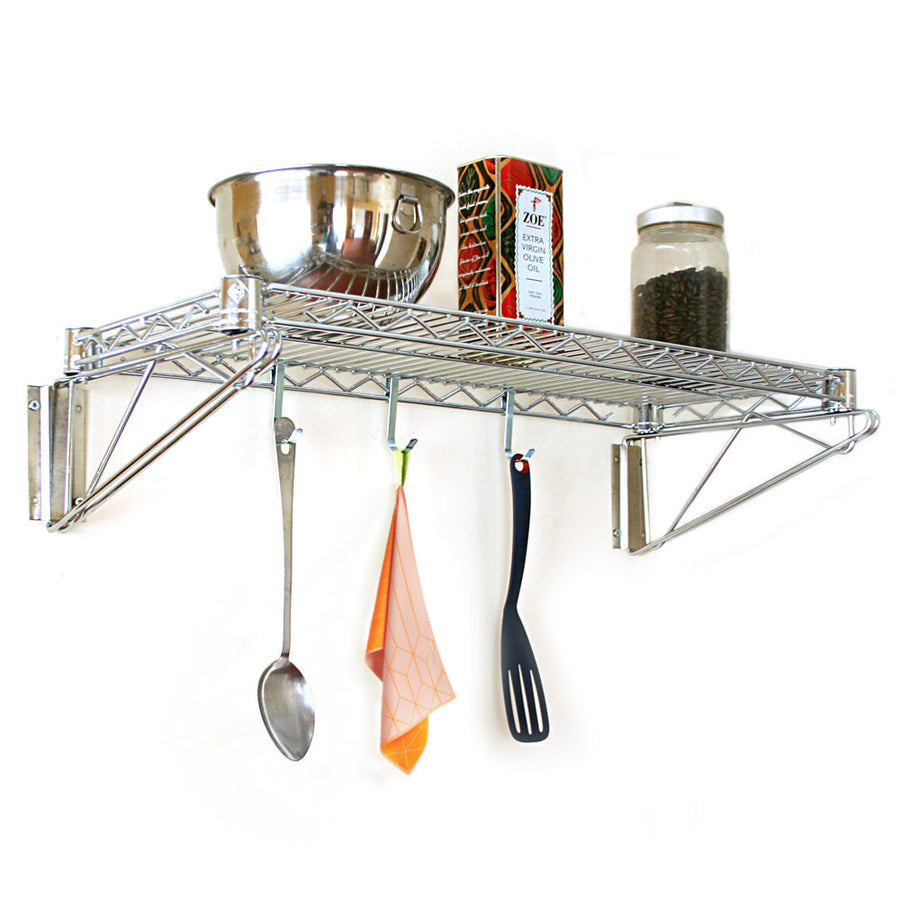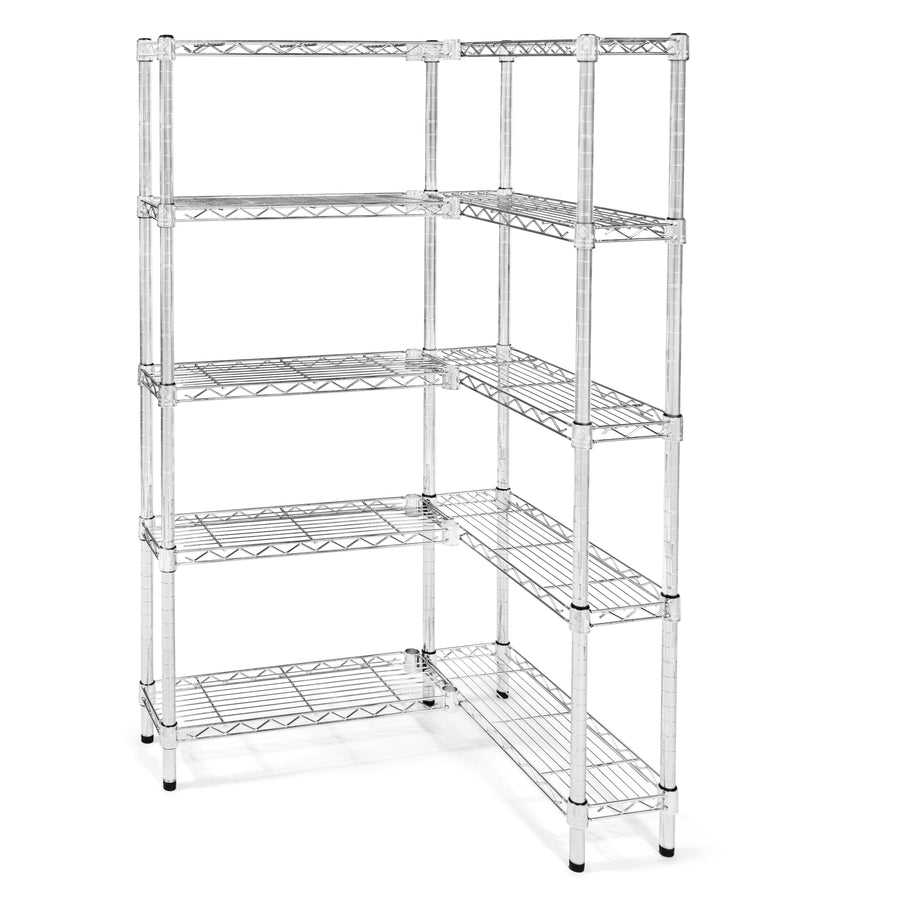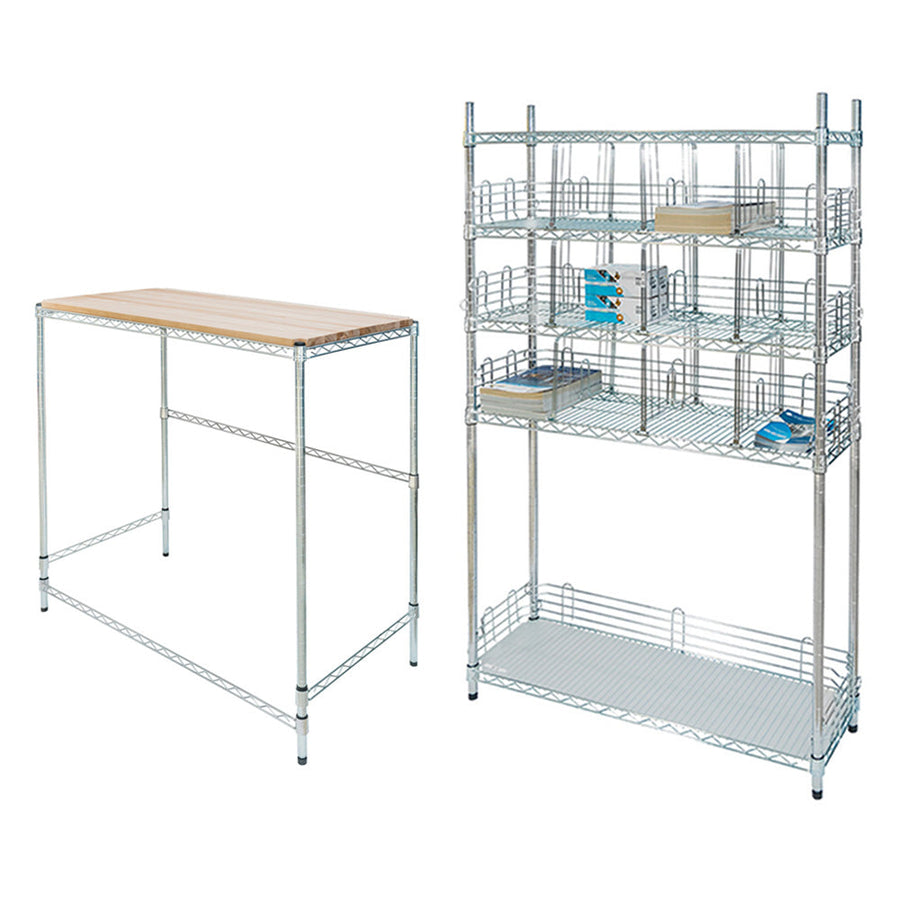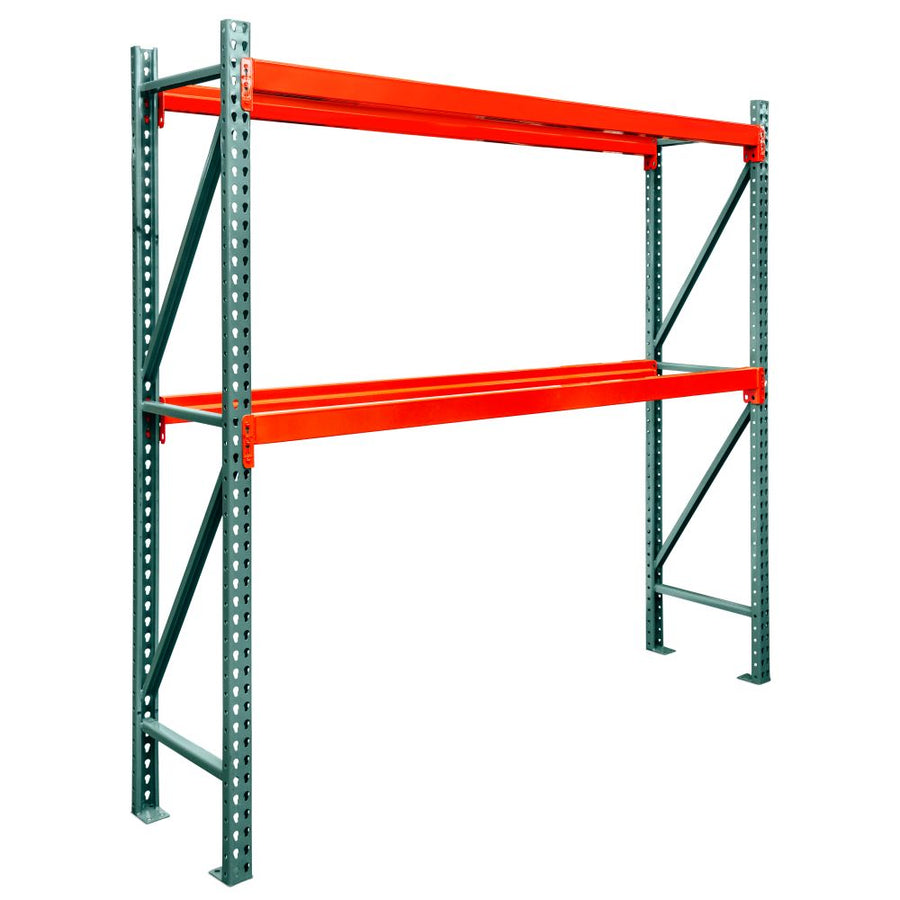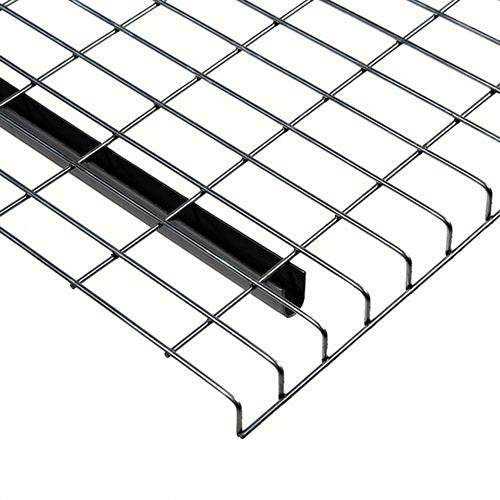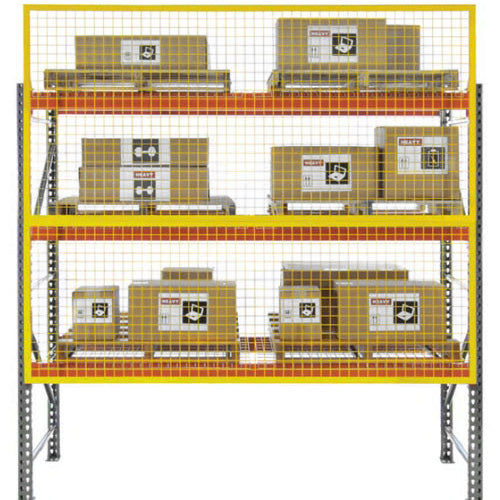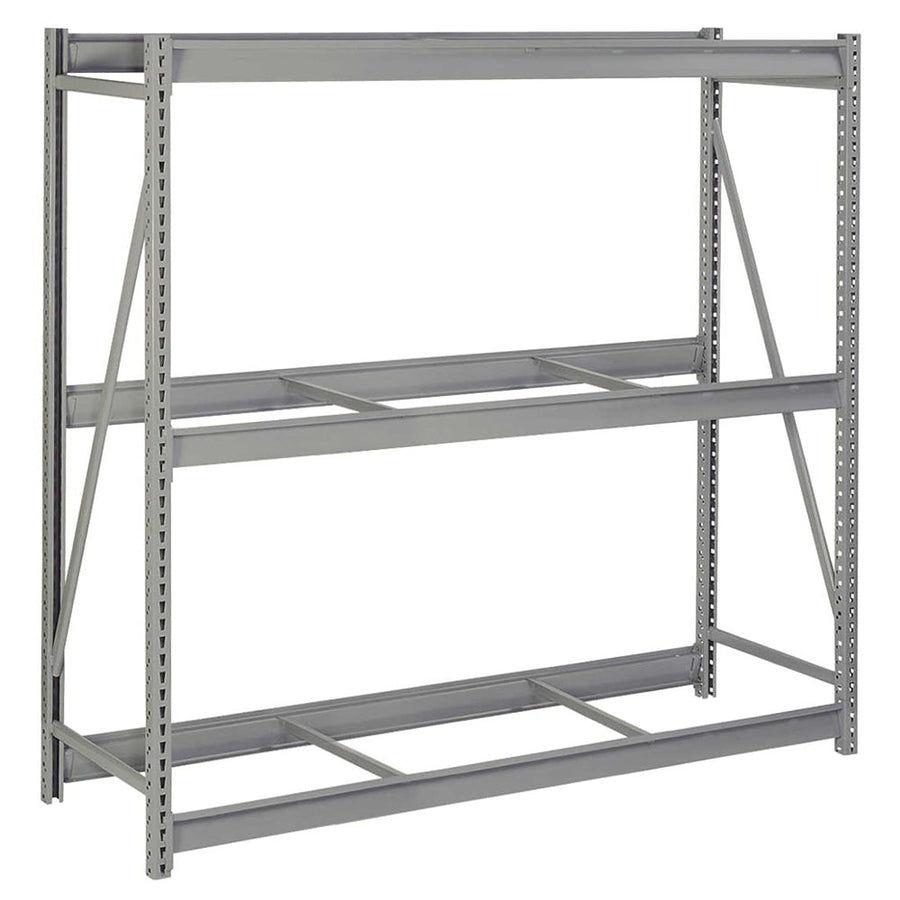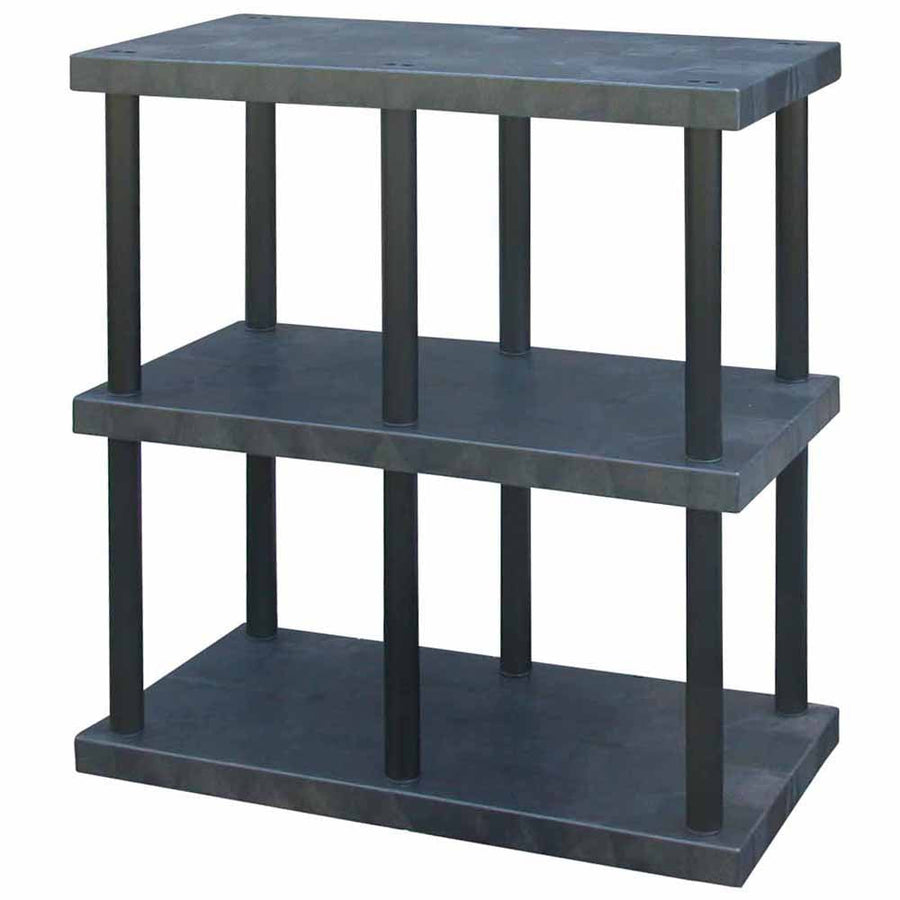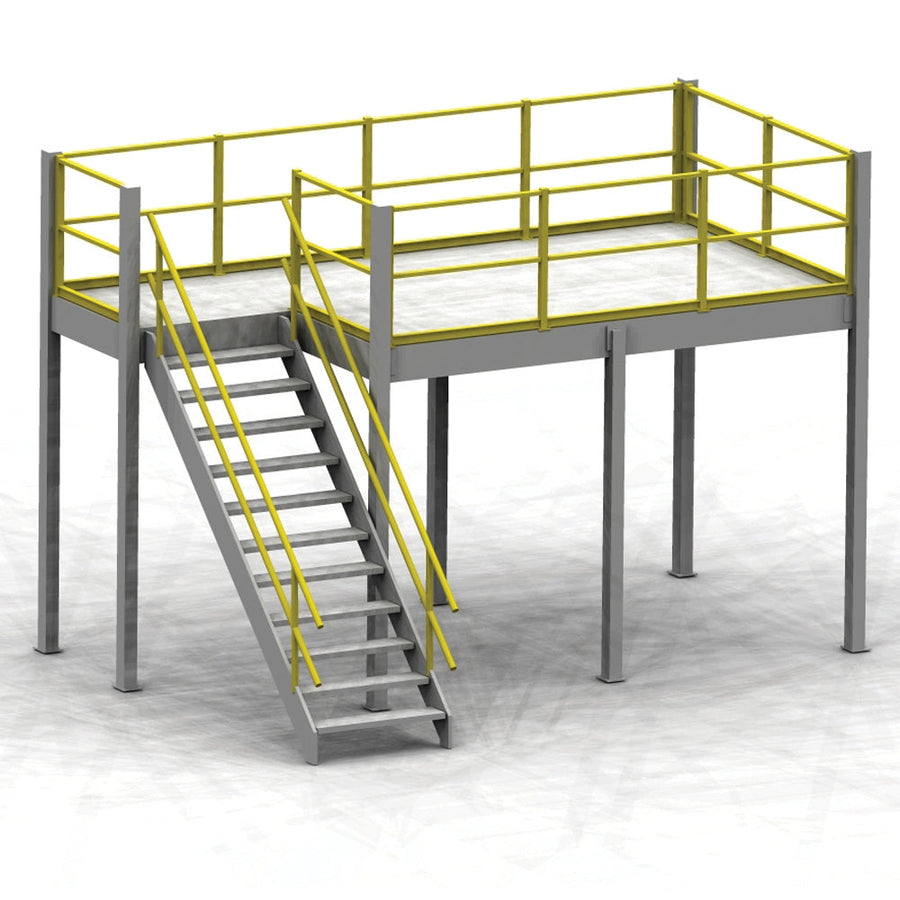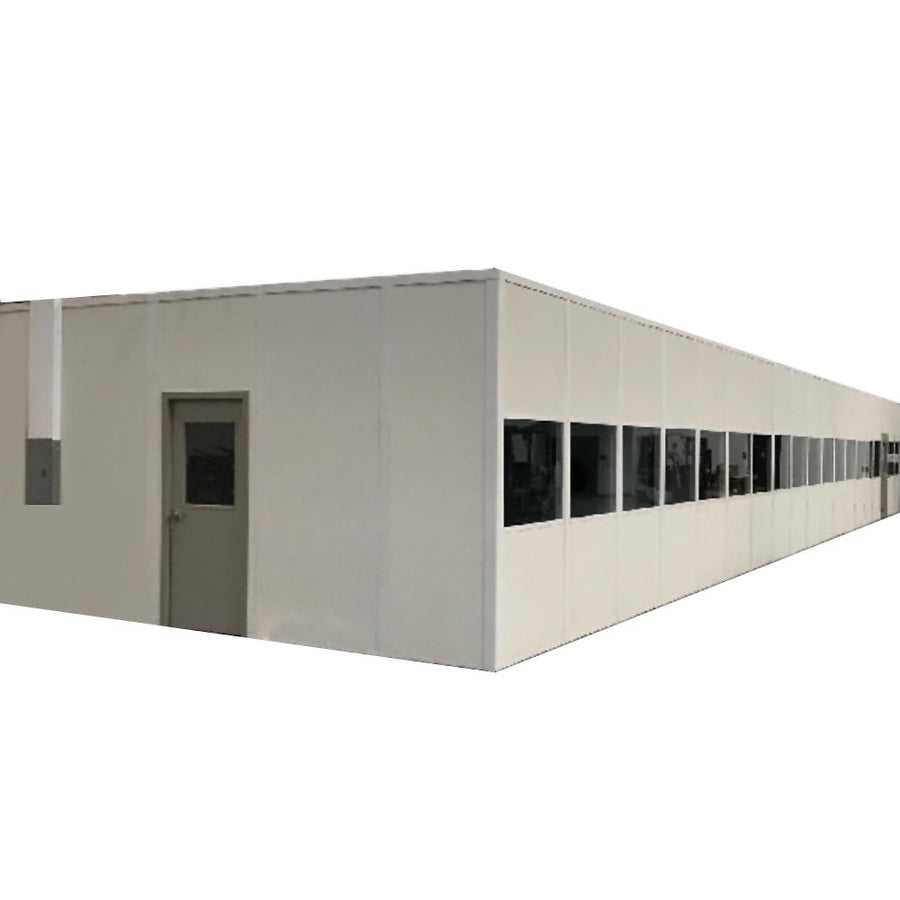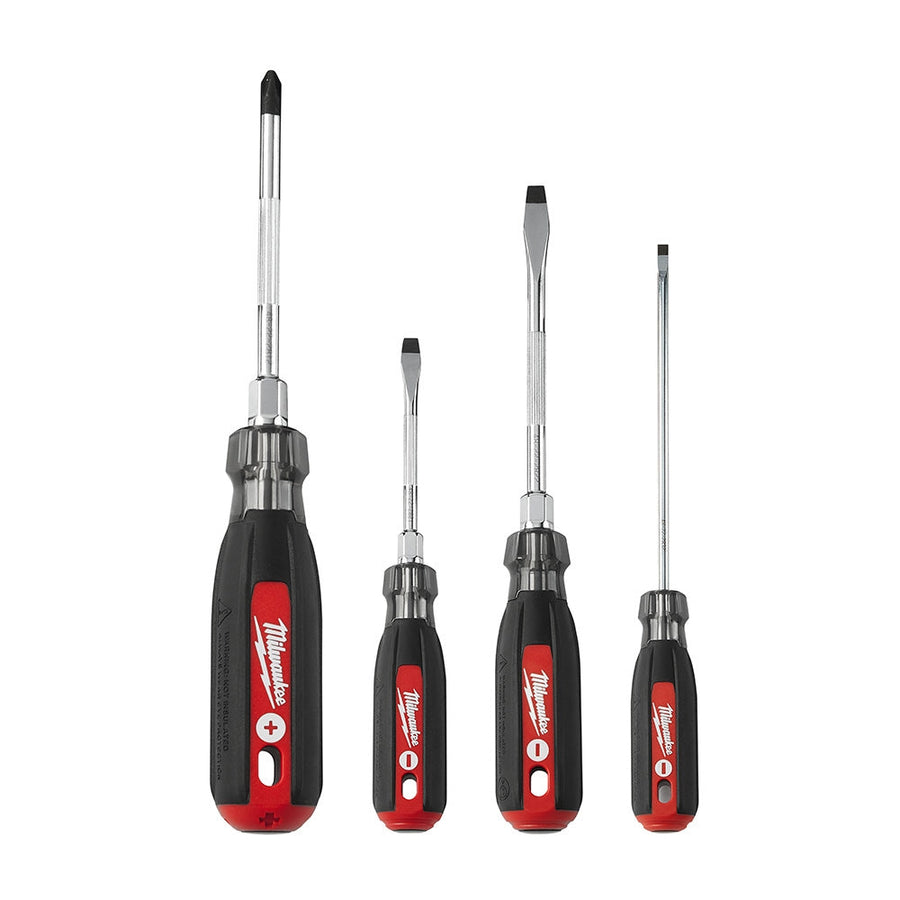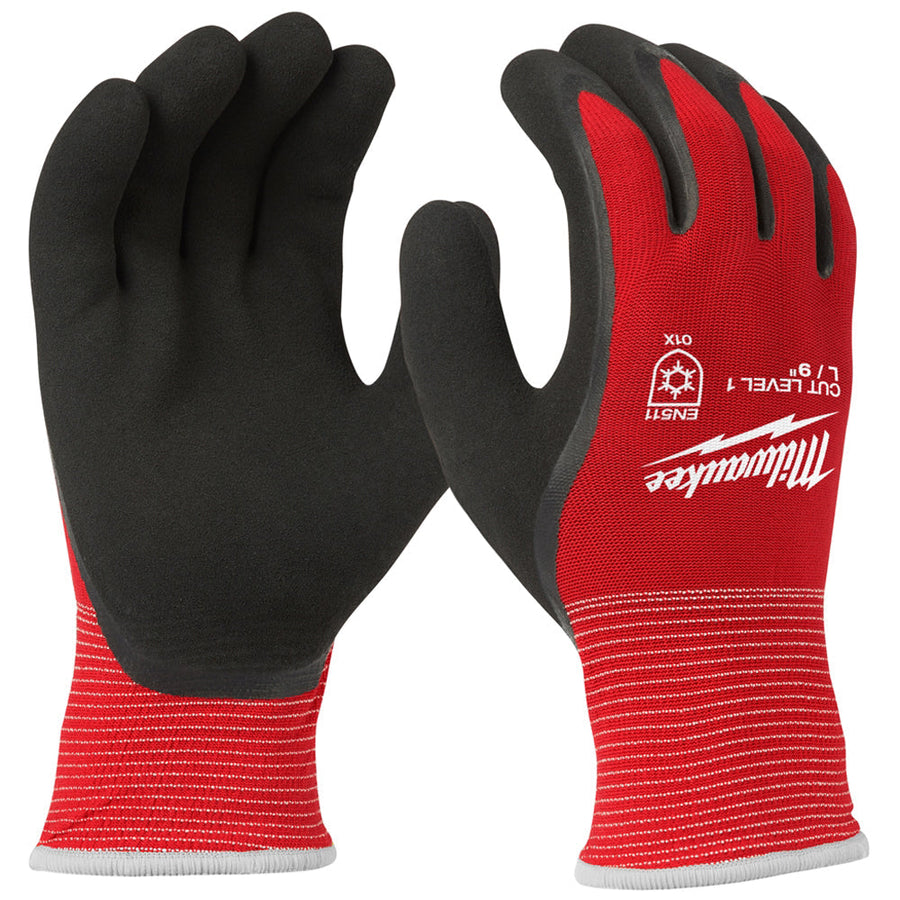No matter how long you’ve been working in a warehouse, it may surprise you to learn how many common issues are caused by simply not being able to properly access your inventory.
Mispicks, damaged goods, late orders, products getting shorted out - a lot of these problems typically share a common root cause: the items are too difficult or cumbersome to access through your warehouse.
Inventory access is a tricky balance to strike, given that your warehouse is already likely packed to capacity, and you need to make the most of all your available space. But what good is all that space if your team can’t get to the items they need in a timely fashion?
How to Improve Access to Warehouse Inventory
“Improving inventory access” goes above and beyond just having enough space for everything. Proper inventory access, while different for every individual warehouse, can boil down to two major strategies: laying your warehouse out in an orderly fashion, and providing your team with the right equipment to organize and store their needed goods.
Inventory access through warehouse design
The overall layout of your warehouse can have a huge impact - positive or negative - on how quickly your team can access their needed items. A few of the inventory access challenges that you may face with your current warehouse layout include:
Lengthy retrieval patterns: If your team finds themselves taking too long to get to the location of items, it could hamper their ability to process and access orders in a timely manner.
How to improve it: By rearranging your warehouse as needed to provide more floor space near the goods they need to access, you can reduce traffic and decrease their travel time. This may require you to space out your warehouse pallet racking, but the additional ability to travel through the warehouse will be more than worth it.
Lack of floor space: If your warehouse is just too cramped, your team could have a hard time locating, picking, or preparing the goods they need for the orders you have coming in.
How to improve it: Identify any areas of your warehouse that might be too crowded, or prevent people from being productive - spaces where the shelves are too close together, or there’s too many fixed installations. See if you can rearrange the warehouse at all to keep those fixtures farther apart, or consider adding a warehouse mezzanine to provide additional work space for the warehouse as a whole.
Poorly slotted goods: “Slotting” refers to the practice of organizing your inventory based on the most suitable storage for individual items. If your warehouse isn’t optimized to focus on the needs of individual items, it can cause major slowdowns across the entire picking operation.
How to improve it: If certain items seem like they take longer to pick, or are more prone to errors, you may be encountering an issue with your slotting policies. Place your faster-selling items in areas closer to the picking zone, and make sure items are kept in an area appropriate to their size and shape, instead of trying to fit everything onto the same flat “one size fits all” pallet rack.
Warehouse equipment for inventory access
A lot of inventory access issues can also stem from using improper storage equipment throughout your warehouse. Ideal inventory access should allow your teams to access a wide range of inventory more quickly than before, through the use of supplies such as:
- Cantilever racks, designed for the storage of longer goods like pipes and lumber
- Gravity flow racks, built to make the movement and storage of larger goods safer and faster
- Warehouse storage containers, made to help store smaller goods in a way that makes them easier to pick
- Industrial storage labels, because a surprising amount of inventory issues are caused through the simple mislabeling/mis-placement of the goods in question
With some combination of these tactics and installations, hopefully your team will be able to access their needed inventory faster than ever before.



